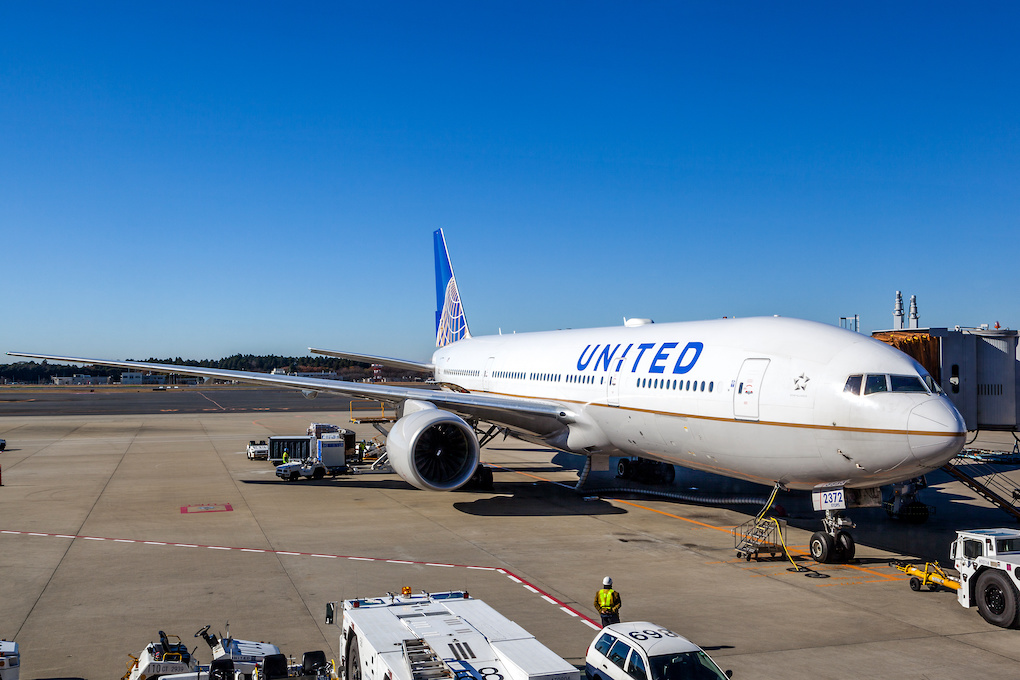
I wrote this article a few months back for a trade magazine called The Beat, but I realized I never shared it on the AmTrav blog, and as we have just relaunched it as AmTrav Insights, I thought I would share it with all of you here, I would love to hear your views and comments below.
---
Everyone loves options. But over the past decade buyers have had very little variety in choosing a travel management company. The traditional TMC for decades has been offering the same online booking tool integrations, the same transaction fee pricing and the same savings-oriented analytics. The traveler is the last consideration in this model. But change is finally in the air, as new entrants in business travel boast a fresh, new traveler-first perspective with tightly integrated technology, value-based pricing models as well as new traveler satisfaction and travel return-on-investment metrics.
Some of these traveler-first companies are highly capitalized and spending their money educating the buyer community that there is finally an alternative to traditional TMCs. As the battle lines are drawn and each camp firms up how they differentiate, buyers everywhere can decide for themselves whether their company's initiatives and culture better align with the traditional TMC—the traveler-last model—or the new entrant TMC and its traveler-first approach.
The general philosophy behind the traditional TMC is to maximize the control that companies have on their travelers with the goal of minimizing spend. Recent comments at separate events by American Express Global Business Travel chairman Greg O'Hara and SAP Concur president Jim Lucier clearly represent the position of the traditional TMC model.
At Phocuswright last month in Hollywood, Fla., O'Hara commented, "The business travel stuff that we develop is not designed, in general, to enable. This is probably inappropriate for me to say, but it's not designed to enable people. It's designed to inhibit behavior."
At The Beat Live in New York Lucier stated, "There comes a time when you give your kid a curfew, right? Why do you give your kid a curfew? You give your kid a curfew so that they don't do something really stupid and get themselves in a lot of trouble. I think of online booking tools that way. Booking tools, by their very nature, are designed to restrict travel and choices."
O'Hara and Lucier see the TMC and the booking tool as a means to inhibit and restrict travelers. Travel managers are rewarded when they show cost reductions and savings to their bosses. So tighter policy restrictions inhibiting travelers from staying in nicer hotels or restricting them from upgrading to roomier seats on flights is how they leverage the traditional TMC to achieve their goals.
So traditional TMCs look to restrict traveler choices to save buyers money, but TMC costs continue to climb. Innovation by integration has amalgamated a travel solution comprising third-party booking tools, reporting tools, expense tools, etc., all of which someone has to pay for. That ends up being the customer.
Those costs are buried in a decades-old fee-per-transaction pricing model where travelers are required to pay a fee every time they contact the TMC, discouraging travelers from wanting to use the TMC. And the fees continue to grow. As distribution evolves and more and more content is accessible through NDC connections, through integrators like Travelfusion or directly from airlines, TMCs are now charging additional handling fees to book this content since it is outside the standard GDS channels.
The traveler-first approach, on the other hand, is for companies that see their travelers as more than just a line item on an expense report. They believe that the satisfaction level of their travelers is directly correlated to the growth and success of their company. They are open to loosening the controls on their travelers because they want their employees to be excited to travel.
Traveler-first TMCs are building entire travel solutions from the ground up. These TMCs are no longer dependent on third parties. Instead, they have built all-in-one travel solutions with one single point of contact, one contract, one 24/7 in-house support team and one price for all of these services, designed to work seamlessly. These new-entrant TMCs that own their own technology also own their own destiny. They welcome suppliers looking to deliver their content through multiple distribution channels because they can work directly with each supplier to present the content best suited for the traveler. And there are no additional fees to book this content.
In addition, traveler-first TMCs are delivering innovative pricing models that align with their philosophy. They offer monthly management fees, a fee per trip or a subscription fee that can include travel booking, expense, duty of care and reporting. These models encourage traveler use. The more the traveler uses the TMC, the less they will spend on travel and expense each month. Incentives are aligned. Build an all-in-one solution that travelers want to use and pair it with a pricing model that incentivizes travelers to use it.
And lastly, while savings is still important to travel managers using traveler-first TMCs, the travel manager's success is measured on key performance indicators that extend beyond reducing costs. How happy are the travelers that use the booking tool? What was the overall satisfaction with the trip they took? Are employees staying with the company longer now that they have more flexibility when booking their trips? Do travelers want to travel for the company? And these reports are built into the standard reporting dashboard.
Travel managers have choices today that they did not have a few years ago. In one camp there is the traditional, traveler-last model, which has innovated by integration, has maintained the same fee model since the '90s and has focused on enforcing savings through inhibiting and restricting travelers.
The traveler-first TMCs are building new booking tools from the ground up that are easier to use, less expensive and capable of pulling in content from multiple sources without incurring additional fees. These pricing models encourage traveler use. The more each traveler uses the traveler-first TMC the lower the cost to the company.
Travel managers today are no longer locked into a one-sided, lateral decision when considering a new TMC. There are now two camps that offer very different solutions. Buyers can decide whether their company culture is about inhibiting or enabling and whether they better align with the traveler-last or traveler-first solution.

ADTRAV vs. AmTrav: what's the Difference?
AmTrav and ADTRAV, two respected companies that help you book and manage your corporate travel, one with a T and the other with a D. But other than...

All About United Airlines PassPlus
United PassPlus is a prepaid discount program that gives small and midsize corporate or individual customers fare discounts in exchange for...
 Craig Fichtelberg
Craig Fichtelberg
